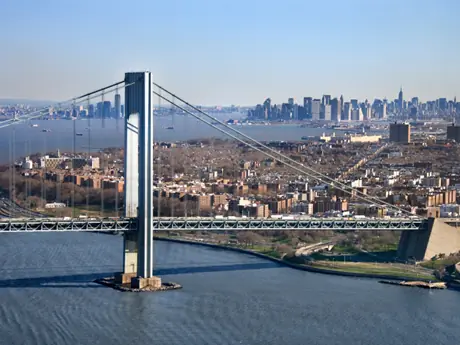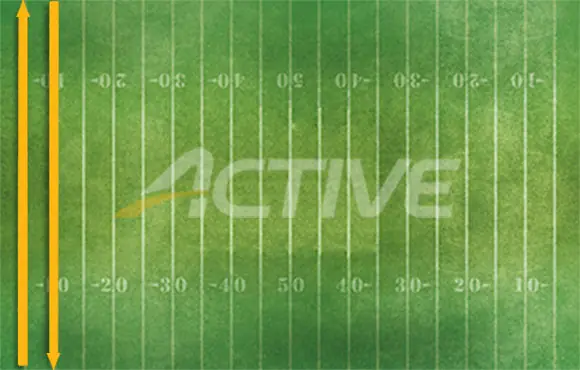
With just over 45,000 finishers each year, the New York City Marathon is the largest marathon in the world. It's also one of the most difficult courses of the Major Marathons. With deceptively hilly bridges, a tough finish through Central Park, and screaming crowds that can make your adrenaline surge at the most inopportune times, the course can bring even the most elite runners to their knees.
For these reasons, running the New York City Marathon requires a precise and meticulous race strategy that blends patience and cautious aggression that will allow you to keep the legs strong for the final hills and the glycogen in your system to prevent hitting the wall.
Let's break down each section of the New York City Marathon course and show exactly how you should approach each mile for an optimal finishing time.
More: 10 Bucket-List Marathons
The First 2 Miles: Stay Patient
When the gun goes off, you'll feel a surge of adrenaline and immediately be swarmed by thousands of runners. Your natural inclination will be to get out fast and establish your position.
The problem with this is that the first mile is deceptively uphill. Unfortunately, for those runners that don't read this guide, it means running even a little faster or at goal race pace is going to take more of a toll on your body than you realize or even feel. Therefore, it's absolutely critical you focus on your early pace and don't let yourself start too fast.
Because getting around other runners will be difficult, and the first .8 miles are uphill, the first mile should be about 45 to 60 seconds slow. As you crest the bridge, the course starts going downhill. Avoid the temptation to surge around other runners and to let your pace get too fast. Surging past slower runners and getting uncomfortable in the tight crowds is an easy way to ruin your race. All the surges and stopping and starting requires a lot of energy. Energy equals fuel, so the more energy and fuel you burn up during the first few miles, the less you'll have over the last 10K. Take a deep breath and focus on relaxing.
Try to stay right on goal marathon effort for the second mile. Because of the downhill, marathon pace effort will be about 10 to 15 seconds faster than goal pace.
Every few seconds faster than goal race pace in the first mile will cost you minutes in Central Park. You should plan on being about 30 to 45 seconds slower than goal finishing pace at 2 miles.
- 1
- of
- 3
About the Author
Get ACTIVE on the Go


13.one Half Marathon
Get expert advice and guidance as you progress in your journey to becoming an avid runner.
Available for iOS







Discuss This Article